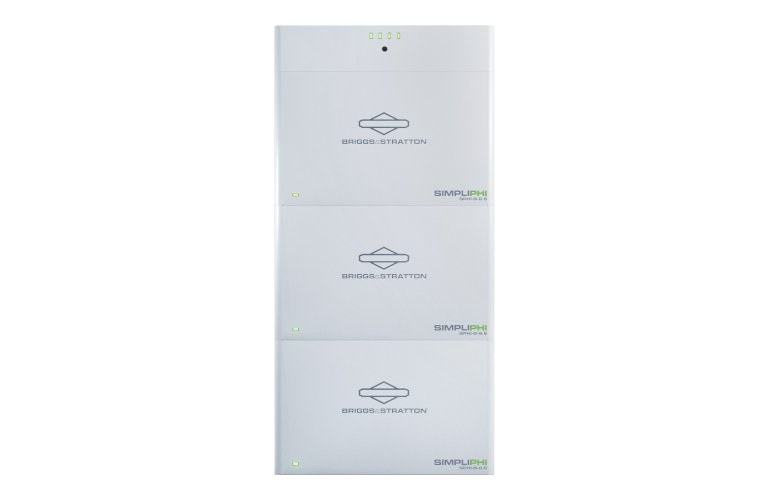EG4 Inverters Integrate with Briggs & Stratton Solar Batteries
The solar industry just got a power boost. Briggs & Stratton and EG4 have teamed up, blending SimpliPHI 6.6 batteries and PowerProtect generators with EG4’s inverters. It’s like pairing a turbocharger with an already-efficient engine—expect smoother energy flow and fewer headaches.
Why This Partnership Matters
Briggs & Stratton isn’t new to power solutions. From lawn mowers to standby generators, they’ve kept things running for decades. EG4? They’re the quiet giants of inverters, turning DC from solar panels into usable AC power. Together, they’re tackling a common pain point: reliability during outages.
SimpliPHI 6.6: Not Just Another Battery
The SimpliPHI 6.6 isn’t your average lithium-ion pack. With a 6.6 kWh capacity, it’s built for homes that need steady backup without constant maintenance. Unlike Tesla’s Powerwall, which favors sleek design, this one leans on Briggs & Stratton’s ruggedness. Ever left a generator out in the rain? These batteries won’t flinch.
EG4 Inverters: The Brains Behind the Brawn
EG4’s inverters sync with the SimpliPHI system seamlessly. Think of them as translators—converting the battery’s language (DC) into what your fridge and TV understand (AC). Their hybrid inverters even juggle solar panels, batteries, and the grid simultaneously. No more choosing between saving energy or using it.
Will This Combo Work in Extreme Weather?
Good question. PowerProtect generators kick in when the battery runs low, making blackouts a non-issue. Solar seems expensive upfront, sure—but paired with net metering, systems like this pay for themselves faster than you’d think. Remember California’s 2020 blackouts? Homes with similar setups kept lights on while others scrambled.
The Bigger Picture
This partnership signals a shift. Brands are moving from standalone products to integrated ecosystems. It’s not about who makes the best inverter or battery anymore; it’s about how they work together. For installers, that means fewer compatibility headaches. For homeowners? More bang for their buck.
So, is this the future of residential solar? Maybe not the only one—but it’s a compelling option. Between grid parity creeping closer and solar incentives still up for grabs, systems like this could tip the scales for undecided buyers.






